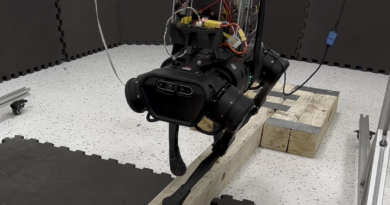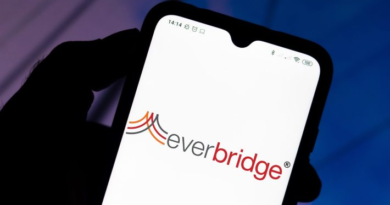Pudgy Penguins’ approach may be the answer to fixing NFTs’ revenue problems
Pudgy Penguins was once solely known for its 8,888 NFT collection. But ever since 24-year-old Luca Netz bought the project for $2.5 million and took over as CEO in April 2022, it has evolved into an “IP and brand development company.” For the organization, that has meant a growing universe of digital properties and even a jaunt into the physical realm.
Pudgy Penguins’ digital collectibles have generated over $400 million in transaction volume since they were released. That early success in the NFT market has now been parlayed into the creation of an open-world, digital player experience called Pudgy World, which integrates blockchain technology from Ethereum and zkSync Era, as well as an entire toy line, Pudgy Toys.
Earlier this week, Pudgy Toys became available in over 2,000 Walmart stores across the U.S., opening the door to growth avenues outside the blockchain. The company is also launching its toys in Smyths, one of the biggest toy store chains in the United Kingdom, in a bid to augment its toy sales from Five Below, Amazon, Hot Topic and other retailers.
The toy-focused expansion is Netz’s bet that NFTs should have a broader presence, one that’s not limited to the digital world. The effort ultimately stems from solving a couple problems that the industry is facing, he says. “If you’ve seen what has taken NFT projects to zero, [it] has been this Achilles Heel of wanting to drive revenue and having no other [option] than to make more NFTs, which [comes at] the expense of the greater community and project,” he explains.
Classic supply-and-demand dynamics are at play here. Akin to a company issuing more shares, minting more NFTs of a particular set can cause the individual value of those assets to fall. Simply creating more NFTs doesn’t necessarily mean that demand will rise commensurately for the entire set. Sometimes dilution is just dilution.
Selling software makes for a profitable business model because it’s cheap to distribute, which yields high margins. NFT mints have similar economics. Selling toys and other physical goods, on the other hand, requires a different economic model. Netz compared the company’s profits on its Walmart toy push to what people once made from minting, or creating, new NFT collections: “What it does is it covers my burn. It gives me a model that if I continue to scale, I can grow and forecast and project.”
Pudgy Penguins expects toy sales of about $10 million between May and the end of the year, Netz said on TechCrunch’s Chain Reaction podcast recently. After accounting for gross margins, partnerships and licensing fees, the company will make about $1.5 million to $2 million on that total, he added.




